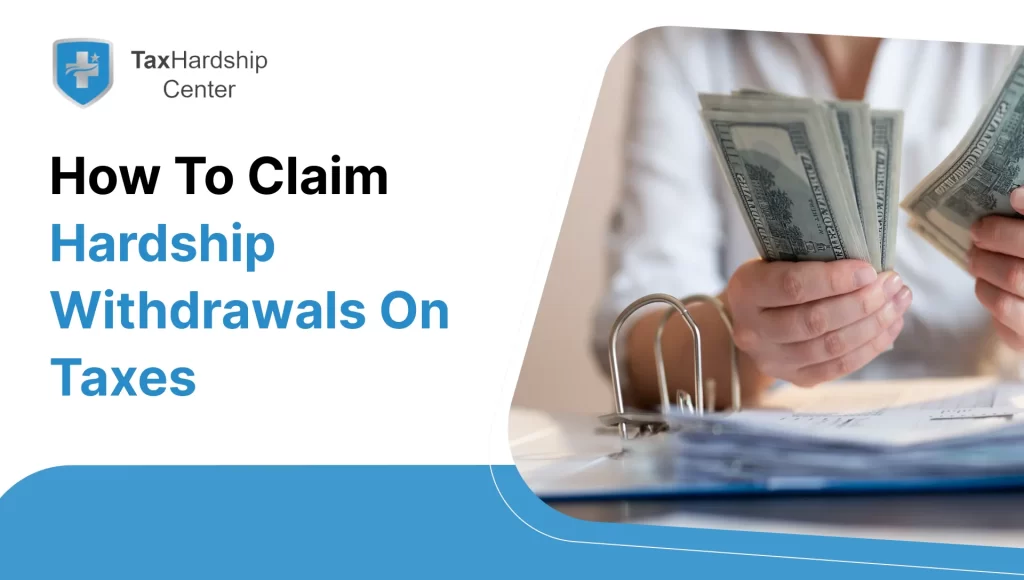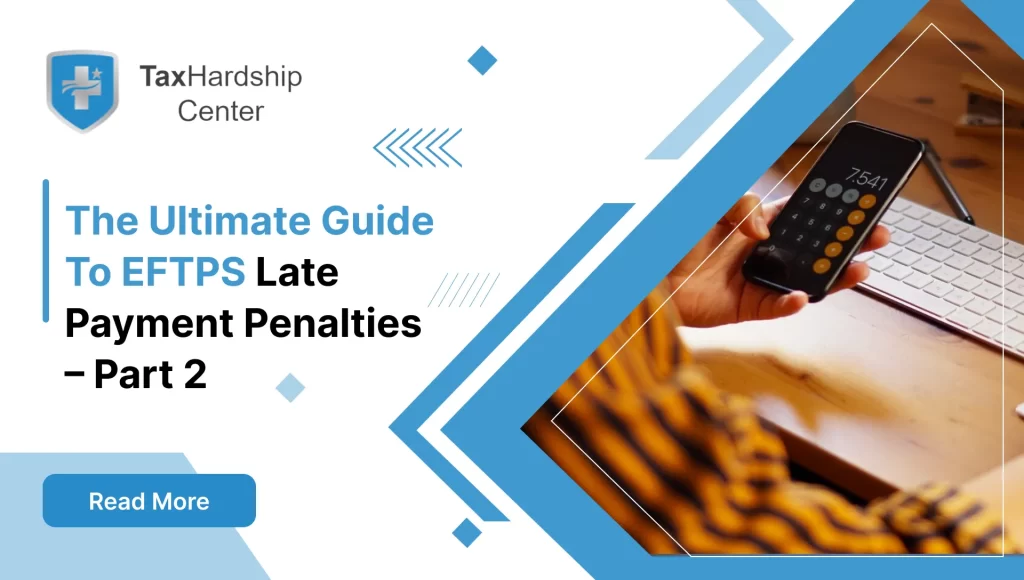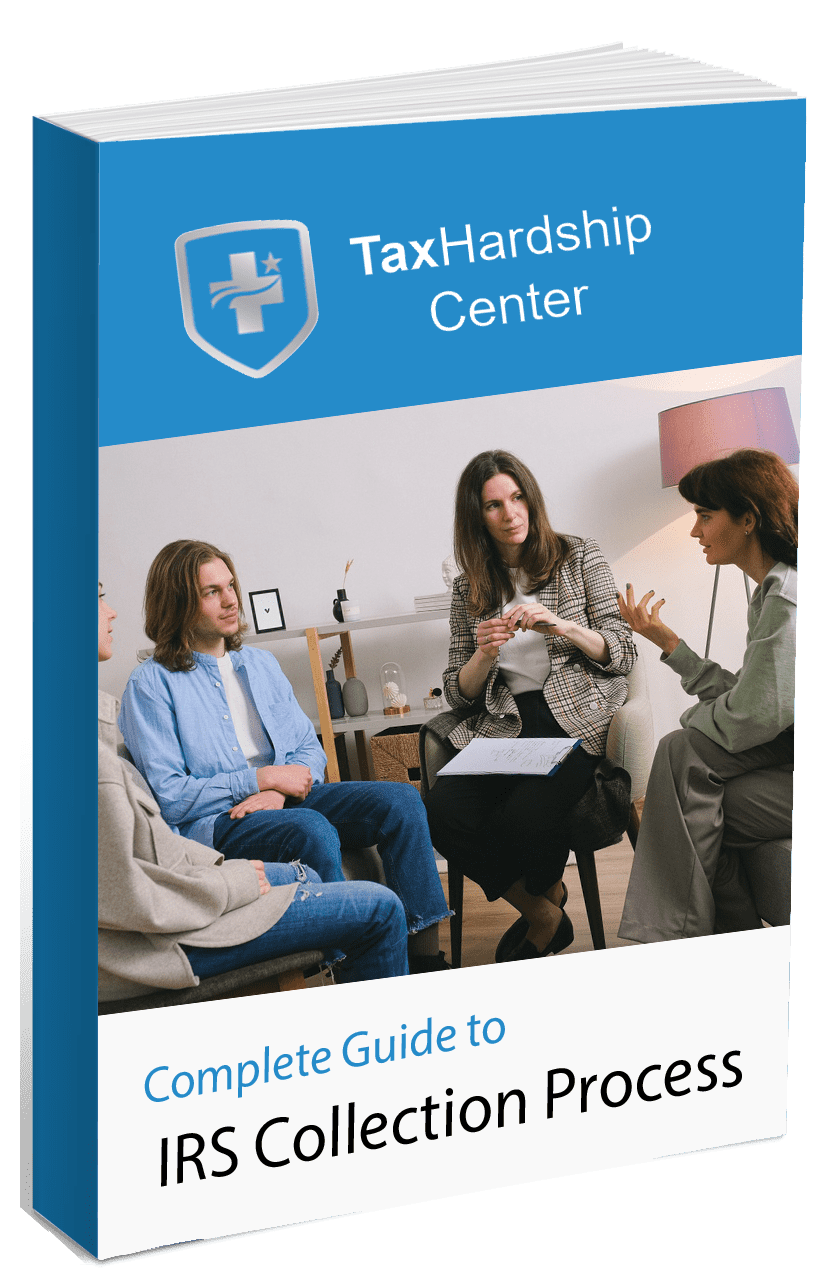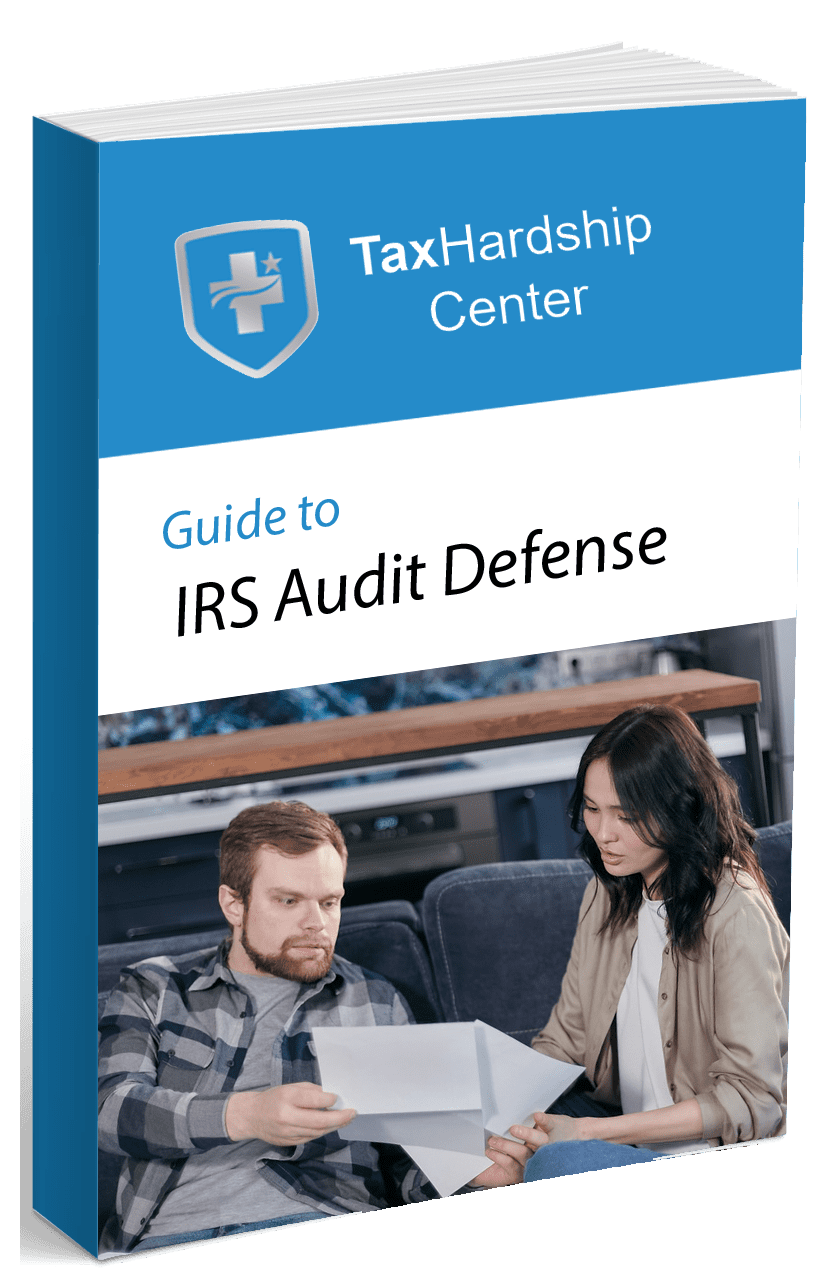Claiming a hardship withdrawal on your taxes doesn’t have to be daunting. Whether life throws unexpected expenses your way or you’re simply looking for clarity, this guide will walk you through everything—what it is, who qualifies, the steps to claim it, and how to avoid pitfalls. Let’s simplify what you need to know and make tax time less taxing.
What Is a Hardship Withdrawal?
A hardship withdrawal allows you to access retirement savings early if you face urgent and immediate financial needs. These are not loans, and they don’t require repayment. However, they come with specific rules and penalties.
Key Points About Hardship Withdrawals:
- Definition: It’s a financial lifeline, but it reduces your retirement nest egg.
- Purpose: Designed to help individuals cover qualified expenses during financial distress.
- Eligibility: Subject to strict criteria set by retirement plans and the IRS.
The takeaway: Hardship withdrawals are a last-resort option to address financial emergencies without taking out a traditional loan.
How Tax Hardship Center Can Help You Manage Hardship Withdrawals
At Tax Hardship Center, we understand the challenges of claiming a hardship withdrawal on your taxes. Financial emergencies are tough enough without navigating the complex rules and tax implications alone. That’s why we’re here to guide you every step of the way.
Expert Guidance for Your Tax Needs
Claiming a hardship withdrawal requires careful attention to detail. Several steps can feel overwhelming, from gathering the right documentation to understanding how the withdrawal affects your taxes. Our team of tax professionals is well-versed in IRS rules and retirement plan requirements, ensuring you have the support needed to make informed decisions.
Tailored Solutions for Your Unique Situation
Every financial situation is different. That’s why we take the time to assess your specific needs before offering solutions. Whether you’re unsure if your circumstances qualify for a hardship withdrawal or you need help minimizing penalties, our customized approach ensures you get the assistance you deserve.
Why Trust Tax Hardship Center?
- Experience You Can Count On With years of tax resolution and financial planning expertise, we’re equipped to handle even the most intricate cases.
- Comprehensive Support: From preparing documentation to filing taxes, we’re here to simplify the process for you.
- Client-Focused Approach: Financial stability is our priority, and we work diligently to protect your best interests.
Making Your Tax Filing Easier
At Tax Hardship Center, we believe in simplifying the process so you can focus on what matters most—your financial recovery. If you’re considering a hardship withdrawal or have already taken one, we’ll help you confidently navigate its tax implications. Our team ensures your paperwork is accurate, your tax return is optimized, and your stress is minimized.
Let Us Help You
If you’re facing financial hardship and need tax support, contact us. At Tax Hardship Center, we make managing taxes easier, even during challenging times. Connect with us today to learn how we can assist you with your hardship withdrawal and other tax concerns.
Who Qualifies for a Hardship Withdrawal?
Only some people can dip into their retirement savings without penalty. To qualify, you must demonstrate genuine financial need as defined by your retirement plan provider and IRS guidelines.
IRS-Approved Reasons for Hardship Withdrawals:
- Medical Expenses: For yourself or immediate family.
- Preventing Eviction or Foreclosure: To keep your primary residence.
- Educational Costs: Covering tuition or fees.
- Funeral Expenses: For family members.
- First-Time Home Purchase: For qualified individuals.
Key Factors to Know:
- Plan-Specific Rules: Some retirement plans have stricter requirements.
- Documentation: Proof of need is typically required.
The qualification process ensures hardship withdrawals are reserved for genuine emergencies.
Steps to Claim a Hardship Withdrawal on Taxes
Breaking down the process makes claiming a hardship withdrawal manageable. Follow these steps for a seamless experience.
Step 1: Review Your Plan Rules
Start by consulting your employer-sponsored retirement plan. Understand its specific terms and conditions.
Step 2: Gather Required Documentation
Prepare to submit evidence of your financial hardship. Examples include medical bills, eviction notices, or tuition invoices.
Step 3: Complete the Withdrawal Application
Work with your plan provider to fill out the necessary forms. This often includes providing personal details and specifying your hardship reason.
Step 4: Withhold Taxes
Remember that hardship withdrawals are subject to income tax and possibly an early withdrawal penalty. Ensure taxes are withheld during the process.
Step 5: Report on Your Tax Return
Use Form 1099-R, which your plan provider will issue, to report the withdrawal when filing your taxes.
The process might seem procedural, but proper preparation can make a big difference.
Tax Implications of Hardship Withdrawals
While hardship withdrawals can help in tough times, they have tax consequences. Knowing these upfront can save you surprises later.
What to Expect:
- Income Tax: The withdrawn amount is treated as ordinary income and taxed accordingly.
- Early Withdrawal Penalty: An additional 10% penalty applies if you’re under 59½, unless an exception applies.
- State Taxes: State taxes may also apply depending on where you live.
Exceptions to the 10% Penalty:
- Permanent disability.
- Qualified medical expenses exceeding 7.5% of adjusted gross income.
- Military reservists called to active duty.
Understanding the tax burden helps you plan better for the financial aftermath of a withdrawal.
Documents You Need to Claim a Hardship Withdrawal
Proper documentation is critical for both your plan provider and tax filing. With it, your claim may be allowed, or you could face scrutiny during tax season.
Essential Documents Include:
- Proof of Hardship: Bills, eviction notices, or similar evidence.
- Form 1099-R: Provided by your plan administrator after the withdrawal.
- Personal Identification: Ensure your ID matches your retirement account details.
Organizing Your Paperwork:
Create a file with all relevant documents to streamline both the withdrawal and tax reporting processes.
Common Mistakes to Avoid When Claiming a Hardship Withdrawal
Even small errors can lead to delays, penalties, or IRS inquiries. Avoid these common pitfalls:
Mistake 1: Not Confirming Eligibility
Always verify that your situation qualifies under both IRS and plan-specific rules.
Mistake 2: Ignoring Tax Implications
It is important to account for income taxes and penalties to avoid financial headaches down the road.
Mistake 3: Skipping Required Documentation
Please complete the paperwork to ensure the approval process and avoid IRS audits.
Mistake 4: Withdrawing More Than Needed
Over-withdrawing unnecessarily reduces your retirement savings and increases taxable income.
Being proactive and informed minimizes the chances of costly missteps.
Alternatives to Hardship Withdrawals to Consider
Before resorting to a hardship withdrawal, explore other options that might be less financially damaging.
Potential Alternatives:
- 401(k) Loans: Borrow from your retirement plan and repay with interest.
- Personal Loans: Explore low-interest options from banks or credit unions.
- Emergency Savings: Tap into a rainy-day fund if you have one.
- Debt Negotiation: Contact creditors to discuss payment plans or deferments.
Why Consider Alternatives?
Hardship withdrawals permanently reduce your retirement savings and could lead to financial instability later in life.
Weighing your options can help you find a solution that aligns with both your immediate needs and long-term goals.
Conclusion
No one plans to claim a hardship withdrawal on your taxes, but when life demands it, knowing the rules can make all the difference. From understanding eligibility to avoiding mistakes, this guide equips you with everything you need to manage the process confidently.
If you’re still unsure about your options, consult a financial advisor or tax professional to guide you. Remember, your financial future matters—so make informed decisions today.
Why Tax Hardship Center?
1. Hassle-Free Assistance:
Say goodbye to sleepless nights and endless tax-related stress. At the Tax Hardship Center, we believe in simplifying the complex. Our team of experts is dedicated to guiding you through every step of the process, ensuring that your tax concerns are met with precision and care.
2. 14-Day Money Back Guarantee:
We’re so confident in our ability to ease your tax worries that we offer a 14-day money-back guarantee. If, for any reason, you’re not satisfied with our service, we’ll gladly refund your investment. Your peace of mind is our top priority!
3. Free Consultation:
Are you curious about how we can transform your tax experience? Book a free consultation now! Our team will assess your situation, answer your questions, and provide free insights tailored to your needs.
4. Nationwide Coverage:
No matter which corner of the United States you call home, the Tax Hardship Center covers you. We proudly serve all 50 states, bringing our expertise to your doorstep. Wherever you are, our commitment to excellence follows.
FAQs
1. Can I avoid the 10% penalty on a hardship withdrawal?
Exceptions exist, such as medical expenses above 7.5% of adjusted gross income or permanent disability.
2. Are hardship withdrawals taxed differently?
No, they are taxed as ordinary income. You may also face state taxes and an early withdrawal penalty if applicable.
3. Do I need to repay a hardship withdrawal?
No, unlike loans, hardship withdrawals do not require repayment.
4. How long does it take to process a hardship withdrawal?
Timelines vary by plan, but processing typically takes 1–3 weeks once documentation is submitted.
5. Can I take multiple hardship withdrawals?
It depends on your plan’s rules. However, repeated withdrawals can severely impact your retirement savings.








